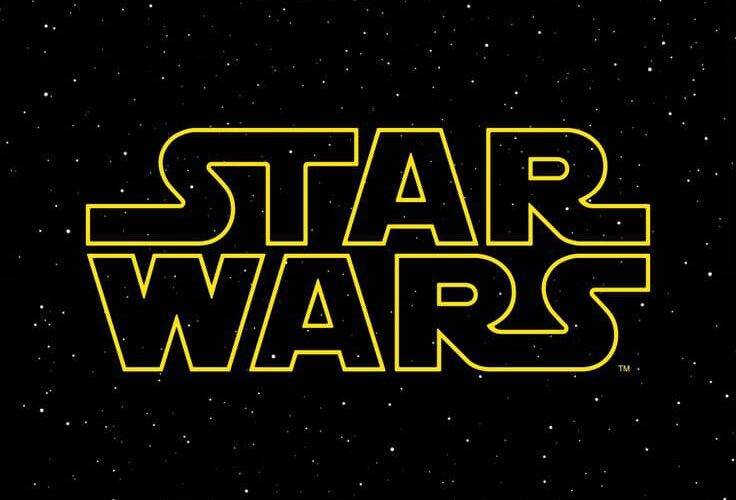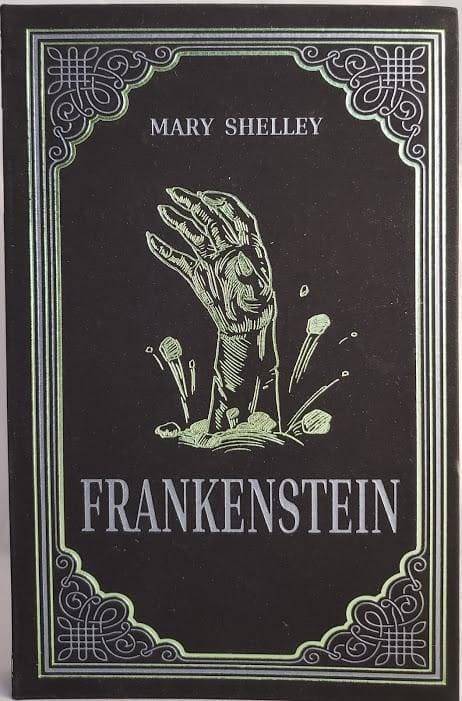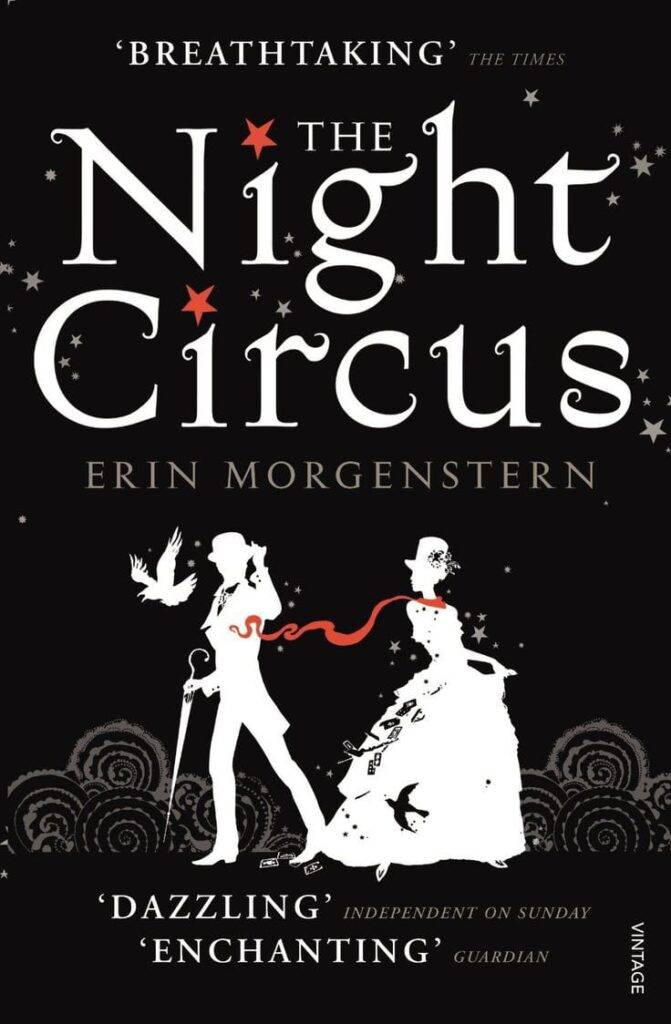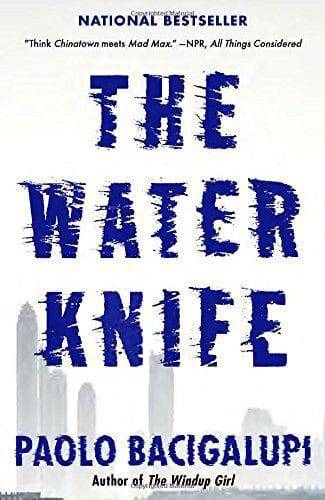Genre-mixing in fiction is like trying to cook a fusion dish: when done well, it can create something innovative and delightful. But when done poorly, it’s just a confusing mess that leaves a bad taste in everyone’s mouth. There’s a reason why many readers and viewers tend to react badly to genre-mixing—it’s tricky to pull off effectively, and when it goes wrong, it often comes across as cheesy, low-brow, or simply not believable. However, when executed with care, genre-mixing can lead to some of the most memorable and impactful stories in fiction. One of the main reasons genre-mixing can feel off-putting is that different genres often carry with them specific tones and expectations. For instance, fantasy often brings a sense of wonder, mystery, and a connection to ancient myths, while science fiction tends to be more grounded in technological possibilities and speculative futures. When you suddenly introduce a UFO into an Arthurian legend, it can disrupt the tone that the audience has come to expect. Instead of adding to the story, it can feel jarring or even ridiculous, as if the narrative has lost its coherence.
Audiences have been conditioned to associate certain elements with specific genres. Knights, dragons, and magic belong to the realm of fantasy, while spaceships, aliens, and advanced technology are typically the responsibility of science fiction. When these elements are mixed without careful consideration, the audience may feel that the story is breaking unwritten rules, leading them to view the narrative as unserious or even campy. This can particularly be the case with genres like fantasy, which often rely on a certain suspension of disbelief that can be easily shattered by the wrong kind of intrusion. Many unsuccessful attempts at genre-mixing fail because they don’t fully blend the genres; they simply juxtapose them. This often results in a story that feels like a chaotic collage rather than a seamless narrative. The key to successful genre-mixing lies in the deep integration of elements from different genres. Rather than simply adding robots to a medieval setting, consider how the presence of advanced technology would fundamentally alter that world. How would the existence of robots impact the power dynamics, social structures, and belief systems of a society? Successful genre-blending requires creators to think through these implications and fully explore how the different elements interact and shape the world.
Star Wars is a classic example of successful genre-blending. It combines elements of sci-fi (space travel, advanced technology) with fantasy tropes (the Force, the hero’s journey) in a way that feels natural and cohesive. The key is that the world of Star Wars is built from the ground up to accommodate these different elements, creating a universe where they coexist seamlessly. The Force isn’t just tacked on as a magical element; it’s a core part of the story’s mythology and world-building.
One of the early rule-breakers was Mary Shelley, who decided that horror and science could be best friends, resulting in Frankenstein. Imagine Dr. Frankenstein as a mad scientist with a flair for the dramatic, while the horror elements made readers think twice about electricity and cadavers. It was like a Halloween party crashed by a nerd convention—scary and weirdly informative.
Fast forward a bit, and we get Edgar Allan Poe, who liked his horror with a side of psychological thriller. He wasn’t just interested in scaring you with ghosts or monsters; he wanted to mess with your mind. Poe didn’t just write horror—he wrote about the horror inside people’s heads. You know, like that feeling you get when you realize you’ve been talking to yourself in public.
Then came H.G. Wells and Jules Verne, who looked at the stars and decided that sci-fi wasn’t just about science; it could also be an adventure. Why not take a trip to the center of the Earth or the Moon? Sure, the science was a bit wobbly, but who cared when you were riding a rocket ship or diving into the ocean with a giant squid?
By the time the 20th century rolled around, genre blending was no longer an experimental cocktail—it was a full-blown genre-mixing festival. Writers weren’t just blending two genres; they were tossing three, four, or more into the mix, creating stories that were as unpredictable as a cat on catnip.
Take, for instance, the hard-boiled detective novels that began to blend with science fiction. Philip K. Dick’s Do Androids Dream of Electric Sheep? is a prime example.
And let’s not forget the rise of paranormal romance. The early 2000s saw vampires, werewolves, and other supernatural beings ditching their scary roots for a more…romantic career. Suddenly, the creatures that once haunted our nightmares were now starring as the brooding love interests in epic tales of love and bloodlust. Twilight, anyone?
Today, genre blending is the norm, not the exception. We’re living in a golden age where anything goes. Want to write a story about a time-traveling detective who solves mysteries in a steampunk version of the Wild West? Go for it. How about a dystopian romance set in a world where people are turned into animals if they don’t find love? That’s cool too (and no, that’s not just a random idea—I see you, The Lobster).
Consider The Night Circus by Erin Morgenstern. It’s a fantasy, romance, and mystery all wrapped up in a Victorian circus that’s more magical than a magician on a sugar rush. Morgenstern didn’t just blend genres; she threw them into a hat and pulled out a rabbit made of pure literary wonder.
Then there’s Good Omens by Neil Gaiman and Terry Pratchett, a novel that’s equal parts comedy, fantasy, and apocalypse. It’s as if the end of the world was being organized by Monty Python, with angels, demons, and prophecies all vying for the punchline.
Genre-mixing in fiction is like walking a tightrope—it requires balance, precision, and a deep understanding of the genres involved. When done poorly, it can come across as cheesy, gimmicky, or low-brow. But when done well, it can create stories that are rich, complex, and entirely original.
And let’s not forget the recent boom in speculative fiction, which often mixes genres like it’s making a literary smoothie. In The Water Knife by Paolo Bacigalupi, you get a dystopian future where water is more valuable than gold, with elements of thriller, science fiction, and social commentary all swirled together in a tale that makes you thirsty for more (pun intended).
So, where does genre blending go from here? Well, considering how far it’s come, the future is likely to be even more wild and unpredictable. Maybe we’ll see a resurgence of literary mash-ups—classics reimagined with a twist. How about Pride and Prejudice and Pirates? Or Moby-Dick in Space? The possibilities are endless, and so are the laughs.
One thing’s for sure: genre blending has taken fiction from a neatly organized bookshelf to a chaotic but fascinating explosion of creativity. Readers no longer expect their books to fit into neat little boxes. Instead, they crave stories that surprise, delight, and occasionally make them question their life choices (like when you realize you’re rooting for the vampire in a love triangle).
In the end, genre blending is like a wild party where everyone’s invited, and anything can happen. So, the next time you pick up a book, don’t be surprised if you find a detective solving a mystery in a haunted space station while falling in love with an alien. After all, in the world of fiction, the only rule is that there are no rules—just a whole lot of fun.
So here’s to genre blending: the literary cocktail that never fails to get the party started. Cheers!




